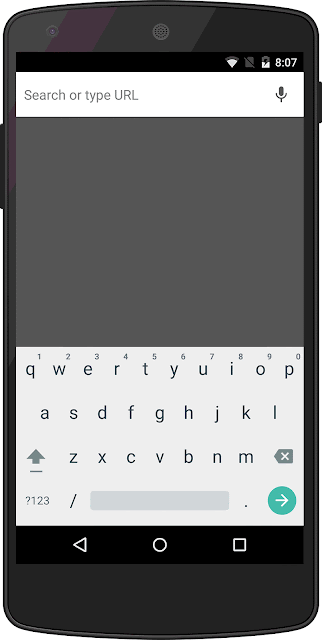Updated July 17 10:00 a.m.
Both Google and Facebook announced yesterday they’re testing mobile commerce features that allow consumers to order and pay for shopping items without leaving their respective sites. In Google’s case, native buy buttons will be added to mobile search ads, while on Facebook, they’ll be added to a new shopping section that retailers can include on their Facebook pages.
Along with Google and Facebook, a long list of mobile platforms have been pushing forward on instant purchasing options to entice consumers into buying on mobile. Pinterest, Twitter and YouTube have all added “buy now buttons” in the past six months, looking to encourage impulse buyers to complete their purchases on their device rather than turning to desktop, where the majority of ecommerce purchases still take place.
There have been rumours that Google’s been planning to add a mobile search buy button for years, but the details weren’t confirmed until yesterday, when Google put out a blog post announcing the pilot test and showing what the new ads will look like.
The update adds expandable mobile product ads that show product information and prices when the shopper swipes them, as well as product rankings when users search for the top items in a category. New shopping cards have also been added to Google Now, which will appear when a customer is near or inside a store listing details like store hours and inventory.
But the big focus for retailers will be on the new “Purchase with Google” link that shows up below selected retail ads. Tapping it will take shoppers to a retailer-branded purchase page that’s hosted by Google, where they can place an order immediately without leaving search results. If the shopper has saved their credit card info to a Google account, those credentials will be automatically filled out for them.
Google’s also adding buy buttons that deep-link to product pages on eBay’s app, as well as Flipkart and Zalando, where the shopper can complete their transaction. One app conspicuously absent from the list is Amazon, which will be directly competing with Google for mobile purchase intenders now that both have a one-tap mobile buying solution.
When reached for comment, a Google spokesperson said its mobile search ads aren’t currently testing in Canada.
Also yesterday, Facebook shared with BuzzFeed that it’s experimenting with a new “shop section” for brand pages. The swipeable catalogs will display information and options on various products, as well as incorporating the instant buy button Facebook began testing last year. The catalog is displayed high up on the retailer’s page, right underneath the “about” section.
Update: “We continually invest in making Facebook Pages a valuable presence for businesses and useful resource for people, and are at the early stages of testing a new Shop section on Pages that allows businesses to visually showcase their products,” Facebook product marketing manager Emma Rodgers told Marketing in a statement.
The feature is still in its early test stages, and isn’t yet available to reach Canadian Facebook users. However Marketing has learned that Shopify is a test partner, and that some of Shopify’s clients who are currently testing Facebook’s buy buttons in the U.S. will have access to the new Shop section as well.
Facebook’s been working on a lot of different ways to improve direct marketing options for ecommerce advertisers on its network, like creating new product focused ad formats and introducing the option to optimize campaigns based on click-throughs to an offsite retail page. Though there’s no news yet about how the new shoppable catalogs will be incorporated into promoted posts in users’ feeds, it’s likely they’ll take pride of place for retail advertisers, just as autoplay video has become the go-to for brand advertisers.
One difficulty Facebook retailers will face is that unlike third-party retail sites like Amazon (and now Google), there’s no product search option on the site. Facebook eliminated sponsored search ads back in 2013, and has shown little interest since in allowing advertisers to promote their brands or products in search results.
Google has perhaps the best shot to corner the market when it comes to mobile purchase intent. As the world’s largest search engine — and by far the world’s largest mobile search engine, with 92% market share, according to NetMarketShare — retailers recognize Google as the place that consumers go when they need to find a product they’ve already decided to buy.
Until recently, the typical mobile path-to-purchase has involved research on mobile followed by a purchase on desktop. But Google believes that by making mobile buying more convenient, it can get researchers to convert without switching devices, which gives them fewer opportunities to abandon the journey.
In a recent interview about Google’s addition of a mobile buy button to YouTube ads, Patrick Hopf, CEO of SourceKnowledge, told Marketing that mobile represents a much greater opportunity for ecommerce advertisers to deliver highly relevant ads that high-intent consumers can immediately react to.
“Your smartphone knows a lot more about you than your PC: your friends, your daily routine, your exact location, your preferred shipping address and your billing information,” he said. If that information can be leveraged by retailers — and they can present a frictionless purchase process to close the loop — then we may see a lot more advertiser dollars moving into mobile.











